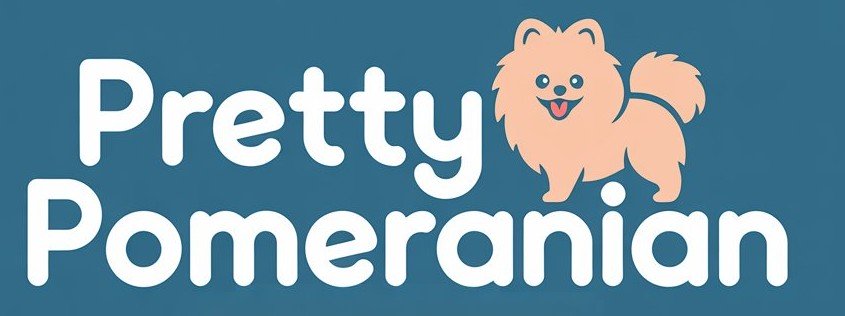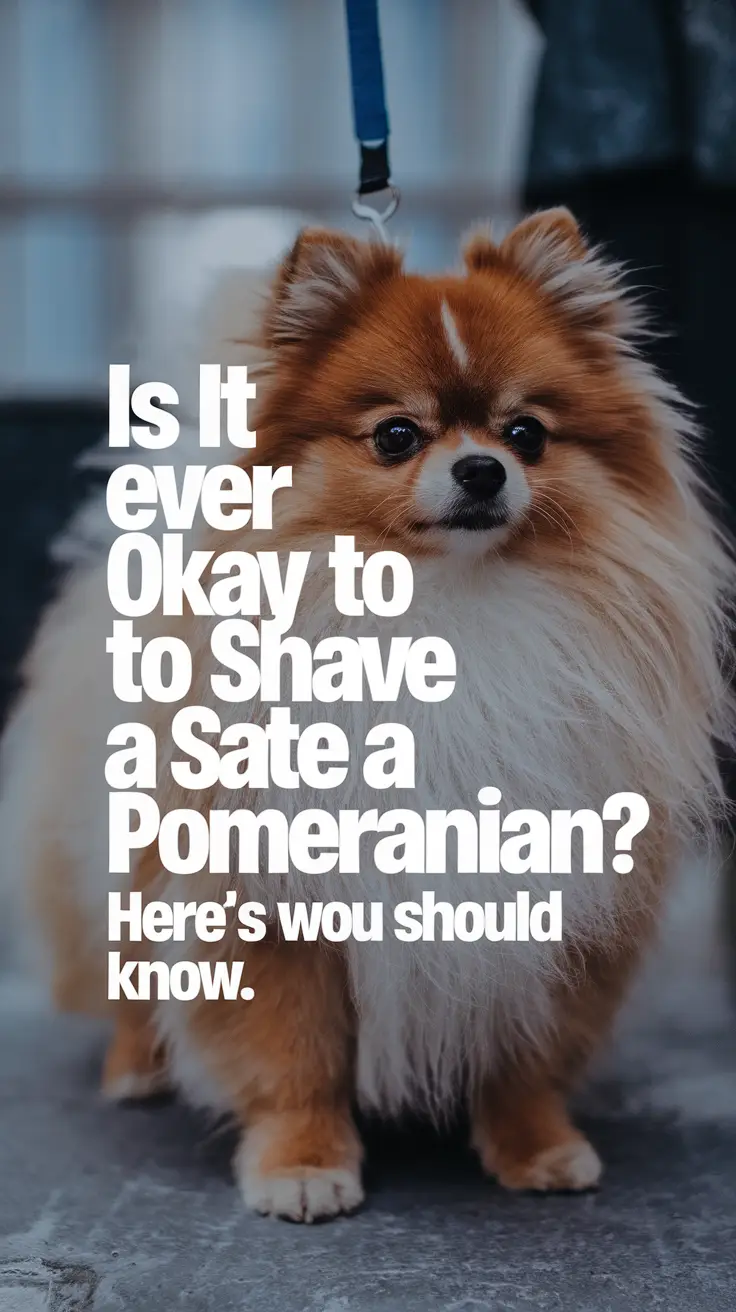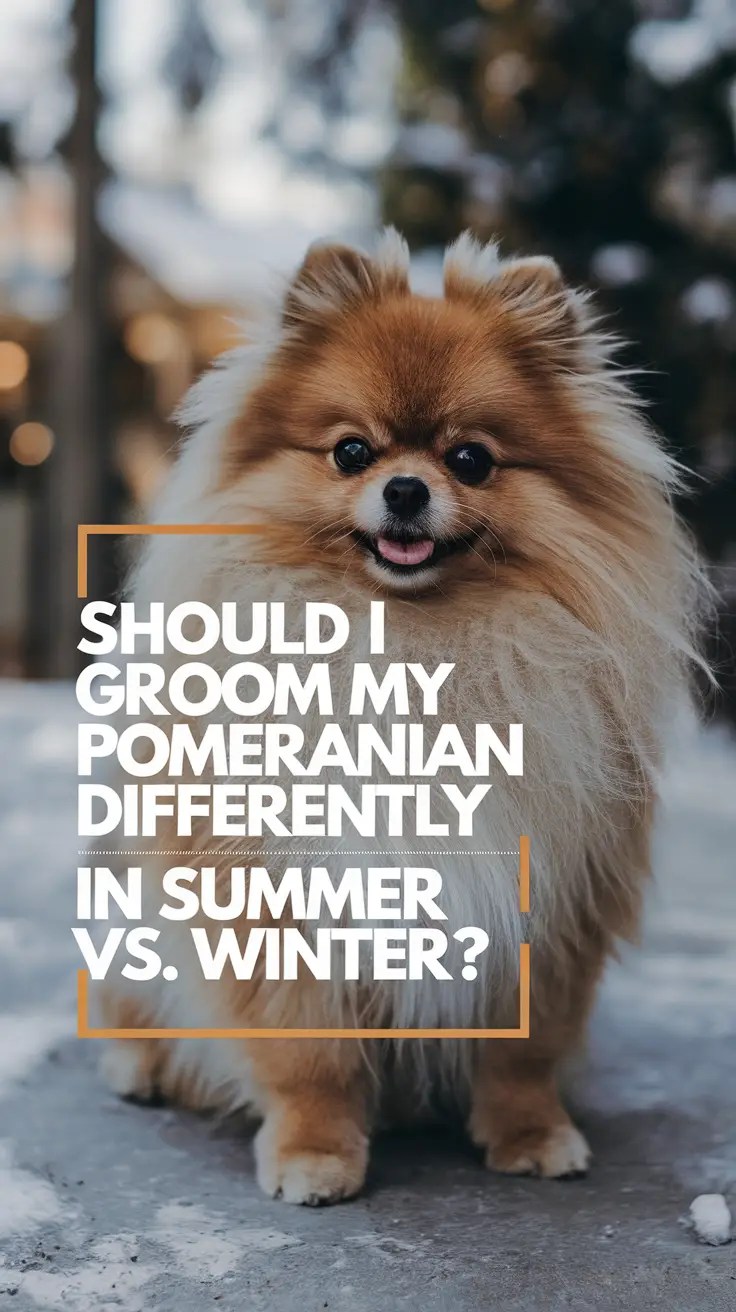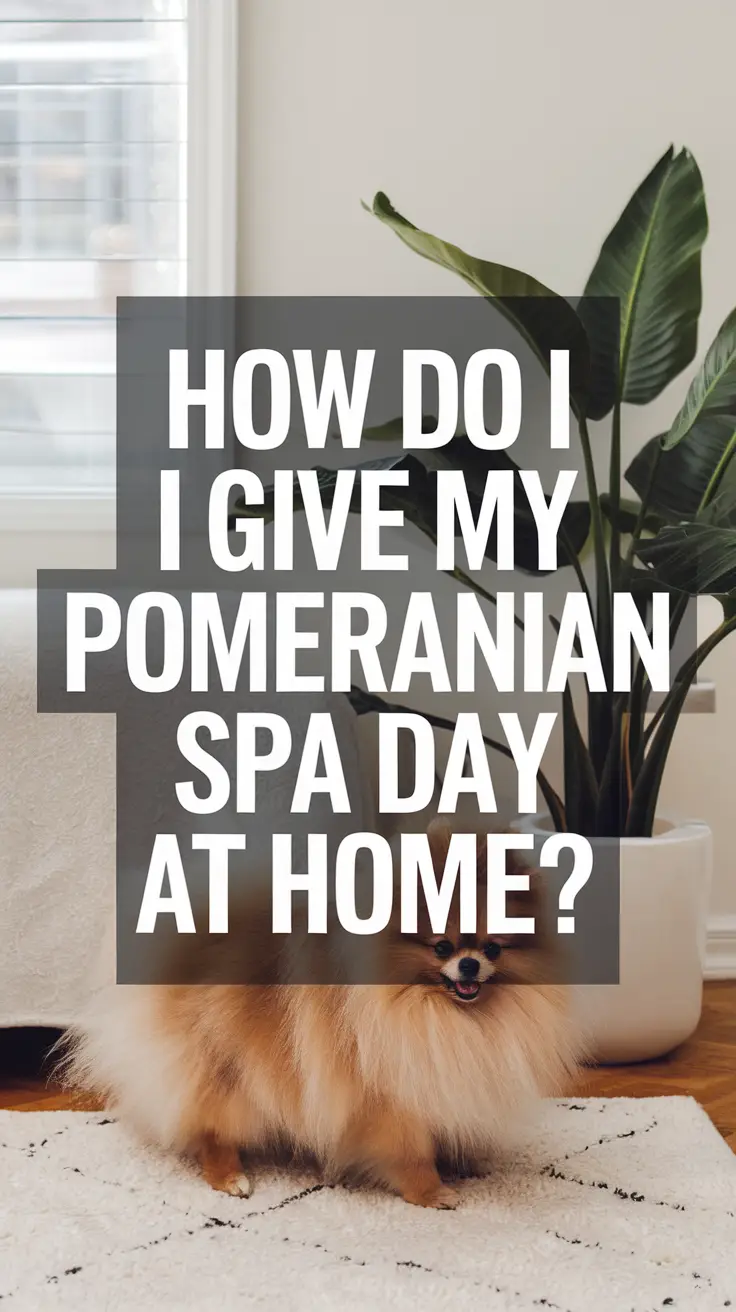That familiar look of terror in your Pomeranian’s eyes when you approach with a toothbrush is something every Pom parent knows too well. My Sash used to sprint under the coffee table at the mere sight of dental care supplies, leaving me crawling around on my hands and knees trying to negotiate with a fluffy tornado of defiance.
Quick Summary:
- Start with finger brushing and tasty toothpaste to build positive associations
- Use gradual desensitization techniques over several weeks
- Establish a consistent routine with high-value rewards
Understanding Your Pomeranian’s Resistance
Pomeranians aren’t just being dramatic (though they excel at that too). Their small mouths make them particularly sensitive to foreign objects, and their independent streak means they need convincing that dental care is worth their cooperation. According to the American Veterinary Dental College, small breeds like Pomeranians are prone to dental issues due to tooth crowding, making regular brushing essential despite the challenges.
When Sash first came home, I made the rookie mistake of diving straight into tooth brushing without any preparation. The result? A Pomeranian who treated the toothbrush like it was personally offensive to her entire bloodline.
The Foundation: Building Positive Associations
Start With Taste Testing
Dog toothpaste comes in flavors that sound appealing to us humans – mint, vanilla, even bacon. But your Pomeranian gets the final vote. I discovered Sash had strong opinions about poultry flavor (enthusiastic approval) versus beef flavor (absolute rejection).
Popular Toothpaste Flavors and Pomeranian Reactions:
| Flavor | Typical Pom Response | Success Rate |
|---|---|---|
| Poultry | Curious interest | High |
| Peanut Butter | Immediate acceptance | Very High |
| Vanilla | Cautious approval | Medium |
| Mint | Suspicious rejection | Low |
The Finger Introduction Method
Before any brush touches those tiny teeth, start with your finger. Wrap it in gauze or use a finger brush, add a small amount of toothpaste, and let your Pom investigate. This phase took me two weeks with Sash, but patience pays dividends.
Dr. Sarah Mitchell, a veterinary dentist specializing in small breeds, recommends this approach: “Small dogs need time to process new experiences. Rushing leads to long-term aversion to dental care.”
The Gradual Desensitization Process
Week 1: Investigation Phase
- Let your Pom sniff and lick the toothbrush
- Reward with high-value treats immediately
- Keep sessions under 30 seconds
- End on a positive note every time
Week 2: Touch and Go
- Gently touch the brush to their lips
- Lift lips briefly to expose teeth
- No actual brushing yet
- Celebrate small victories with enthusiasm
Week 3: The First Real Brushing
By week three, Sash had grudgingly accepted that the toothbrush wasn’t going anywhere. I started with just the front teeth – the easiest to reach and least threatening. The key is making it feel like a game rather than a medical procedure.
Positioning and Technique
The Right Setup
Pomeranians respond better when they feel secure. I sit on the floor with Sash between my legs, facing away from me. This position gives me control while making her feel less trapped than being held.
Alternative positions that work:
- Pom sitting on your lap facing outward
- Standing on a non-slip mat at counter height
- Lying on their side for relaxed dogs
- In their favorite chair for maximum comfort
The Brushing Technique
Small, gentle circular motions work best. Focus on the gum line where plaque accumulates most. The American Kennel Club recommends 45-degree angle placement against the teeth, but with Pomeranian-sized mouths, sometimes you just work with what space you have.
Tools That Actually Work
Toothbrush Options
| Brush Type | Pros | Cons | Best For |
|---|---|---|---|
| Finger Brush | Great control, less intimidating | Limited reach | Beginners |
| Small Dog Toothbrush | Proper bristles, good reach | Can be overwhelming initially | Experienced dogs |
| Electric Toothbrush | Efficient cleaning | Noise and vibration issues | Very tolerant dogs |
| Dental Wipes | Quick and easy | Less thorough cleaning | Maintenance between brushings |
When Things Go Wrong
Even with perfect preparation, some days your Pomeranian will decide that dental hygiene is optional. Sash once managed to wedge herself so far under the couch that I needed a flashlight to confirm she was still there. These setbacks are normal and temporary.
Troubleshooting Common Issues
- Excessive struggling: Go back to earlier steps in the process
- Biting the brush: Use a firmer “leave it” command and redirect
- Running away: Practice in a smaller, enclosed space
- Excessive drooling: Normal stress response, keep sessions shorter
Making It Routine
Consistency trumps perfection every time. I brush Sash’s teeth every evening after her dinner walk, when she’s tired enough to be cooperative but not so tired she’s grumpy. The routine itself becomes comforting once established.
Successful routine elements:
- Same time each day
- Same location
- Same reward system
- Same calm, positive energy from you
The Reward System
High-value rewards make the difference between tolerance and cooperation. For Sash, freeze-dried liver treats are worth enduring almost anything. Experiment to find what motivates your Pomeranian most effectively.
Some Poms respond better to praise and petting than food rewards. Others want both. Pay attention to what makes your dog’s tail wag and use that knowledge strategically.
Professional Alternatives and Supplements
Even with regular home care, professional dental cleanings remain important. However, good home maintenance can extend the time between professional procedures and improve overall oral health.
Dental chews, water additives, and special diets can supplement but never replace brushing. I use dental chews as rewards after successful brushing sessions – killing two birds with one stone.
Signs of Success
Progress might be slower than you’d like, but celebrate small victories. The first time Sash didn’t immediately flee when I picked up her toothbrush felt like winning the lottery. Now she tolerates the process with resigned dignity, occasionally even seeming to enjoy the attention.
Watch for these positive changes: approaching instead of fleeing, relaxed body language during brushing, and accepting the toothbrush without struggle. These milestones indicate you’re building the right associations.
Your Pomeranian’s dental health impacts their overall quality of life far more than most owners realize. The patience you invest in making tooth brushing tolerable pays dividends in your dog’s comfort, health, and longevity. That fluffy little face deserves to keep flashing those pearly whites for years to come, and with persistence and the right approach, you can make dental care a manageable part of your routine rather than an ongoing battle of wills.




